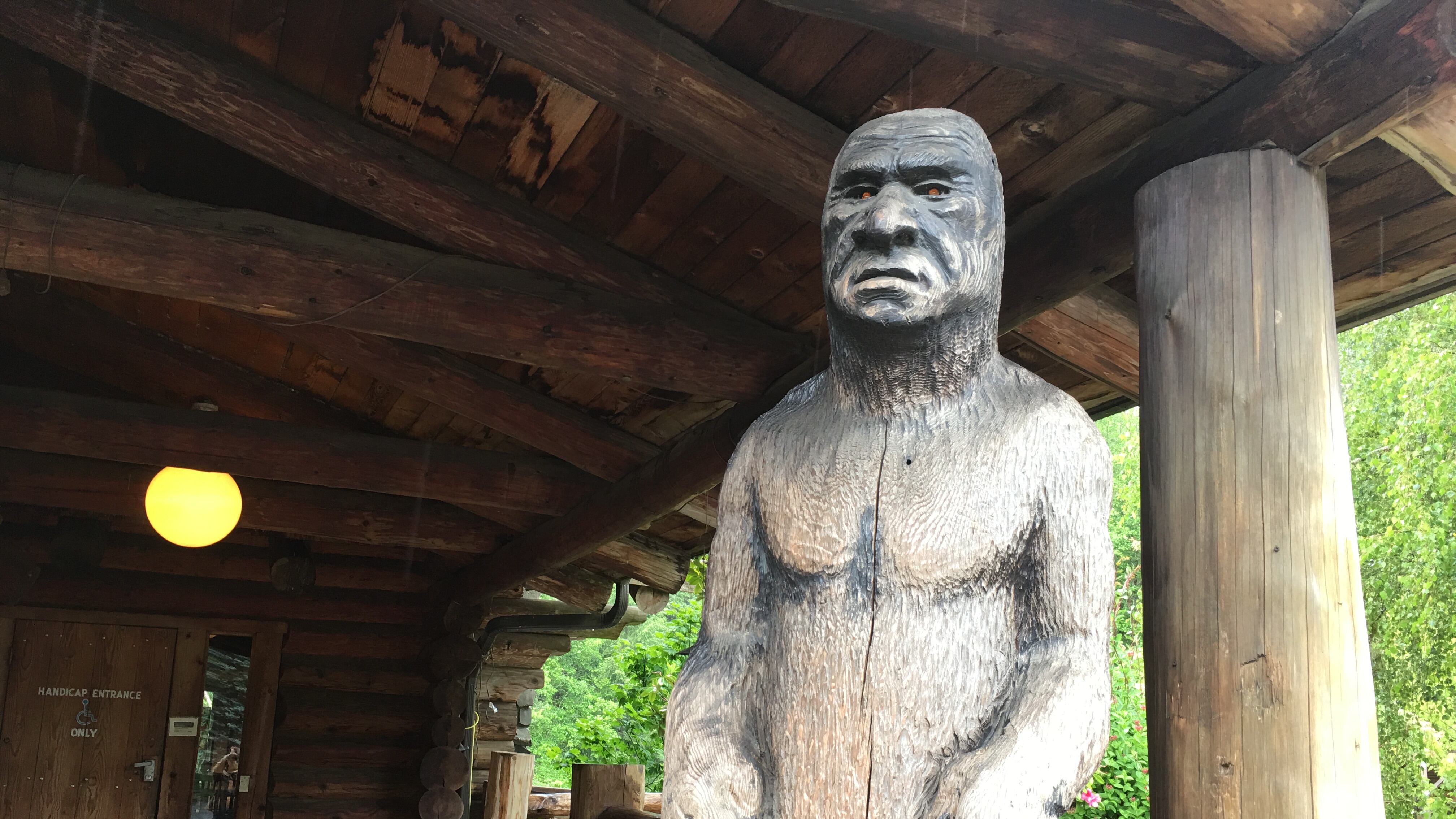To an outsider, it didn't look like much. Several hairs snagged on the bark of a tree and in the branches of a thornbush on Fir Mountain, a tiny summit on the east side of the Hood River Valley.
But to Peter C. Byrne, it was proof. Proof that Bigfoot–furry, larger-than-life biped of Pacific Northwestern folklore—had touched the Oregon ground where he stood.
This was in 1976, before DNA testing had entered the mainstream. There was no way for Byrne to prove that his sample of hair was, in fact, what he thought it was. So instead, he did what any normal Bigfoot enthusiast in the mid-70s would do: He submitted the sample to the FBI.
Forty-two years later, the FBI's reply became public: the hair belonged to a deer.
In 1977, a scientist named Jay Cochran–assistant director of the FBI's Science and Technical Services Division—tested the hair and skin sample that Byrne submitted. The takeaway? "It was concluded as a result of these examinations that the hairs are of deer family origin."
This week, the FBI unsealed its Bigfoot files and its correspondence with Byrne. The Oregon story made national headlines, including in the Washington Post.
Thursday evening, WW called Byrne, who lives in Pacific City, Ore.
Is he disappointed about the FBI findings, even after all these years?
Not particularly.
"It very probably was [deer hair]," he says matter-of-factly. "Nowadays, with DNA testing, you can tell, but not in those days… but the FBI did hush it up, they classified it and put it away and didn't want anything to do with it."
If you're not a Bigfoot enthusiast, you may not recognize Byrne's name. But within the sasquatch-sighting community, he's kind of a big deal. A former big game hunter turned wildlife preservationist, he's led major explorations in search of Bigfoot, written several books, and earned a title as one of the "Four Horsemen of Sasquatchery."
When he submitted the sample, he was director of the Bigfoot Information Center and Exhibition, a small museum run out of a trailer in the Dalles. The center was supported by the Academy of Applied Sciences (which was, incidentally, also funding several Loch Ness investigations at the time) in Boston, Massachusetts.
It was this history of research that may have finally swayed the FBI. It also might have been Byrne's persistence.
Several months after sending the fur sample, he sent another letter to the FBI reiterating the request. "Please understand that our research here is serious," he wrote, "that this is a serious question that needs answering."
Still no response.
Undeterred, Byrne followed up again the following year. "We do not often come across hair which we are unable to identify," his letter reads, "and the hair which we have now… is the first that we have obtained in six years which we feel may be of importance… please advise if you are able to perform this task for us."
"I never heard back," he says.
Byrne turns 94 this August, marking over 59 years of hunting the hairy hominid. "I'm still in it," he says, "but in a much milder way, so to speak." He and his colleagues have set up five different motion sensor cameras along the coast, close to where recent sightings have been reported; at one point, he says, Bigfoot hunters would need to camp out overnight, "but the best way to do it seriously now is to use the latest technology."
So far, they've gotten hundreds of photos of deer, elk, mountain lions, and more.
"I would love to see a Bigfoot," Byrne adds, a little quieter. "I've never seen one. I've seen footprints, that's all."
But he's optimistic about the possibilities. Last June, he says, seven veteran loggers reported a credible sighting; only ten days ago, there was another sighting on the Oregon coast.
"I'm still hopeful," he says.
